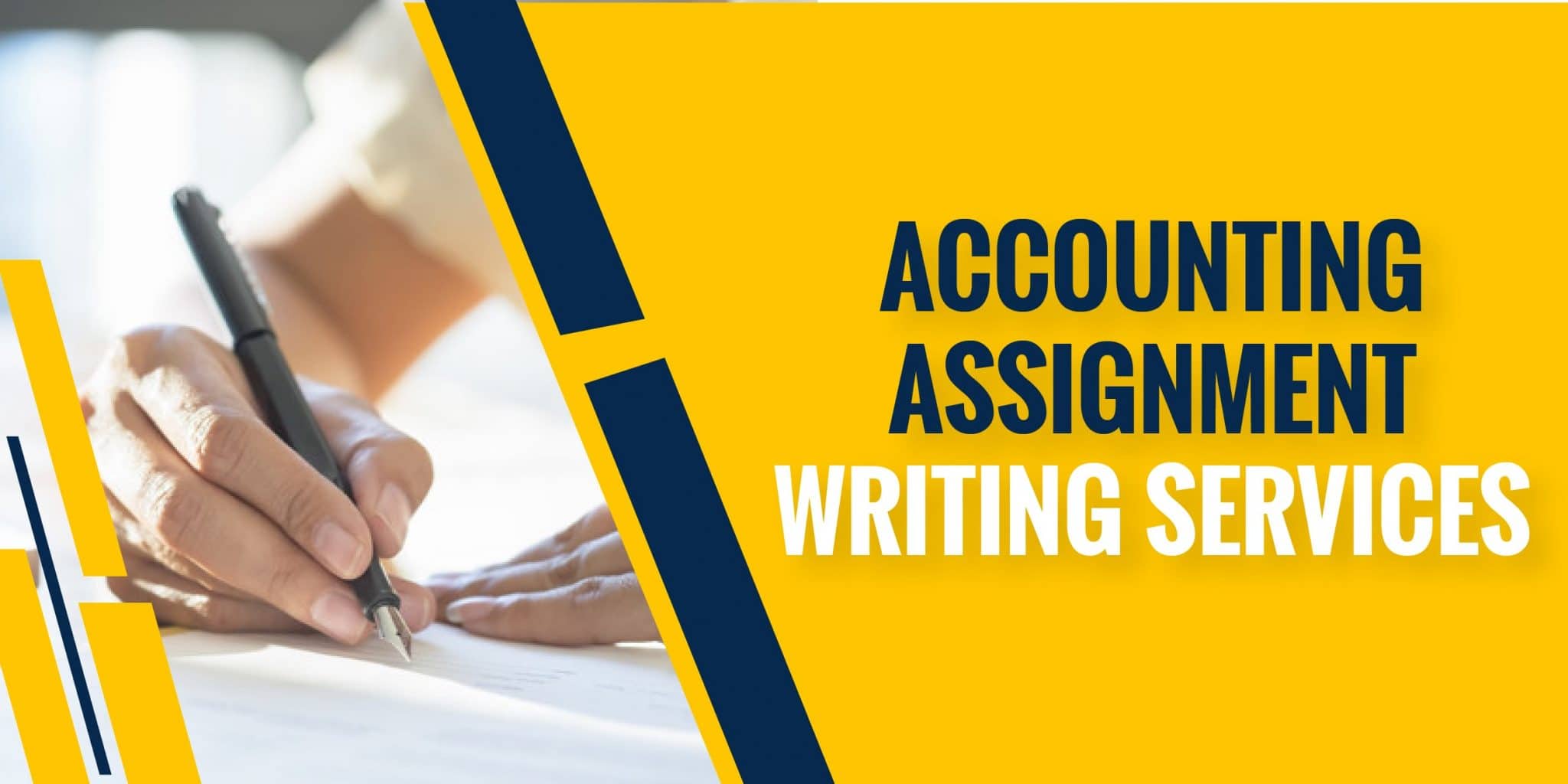
ACCOUNTING ASSIGNMENT HELP
If you need help with an accounting assignment, there are several areas you might be focusing on, such as financial accounting, managerial accounting, or auditing. Here’s a guide to assist you with common accounting tasks and concepts:
1. Understanding Accounting Principles
Basic Accounting Concepts:
- Double-Entry Accounting: Every transaction affects at least two accounts (debit and credit).
- Accrual vs. Cash Basis: Accrual accounting records revenues and expenses when they are incurred, while cash basis accounting records them when cash changes hands.
- The Accounting Equation: Assets = Liabilities + Equity.
Financial Statements:
- Income Statement: Shows revenues, expenses, and profits over a specific period.
- Balance Sheet: Displays a company’s assets, liabilities, and equity as of a specific date.
- Cash Flow Statement: Details the cash inflows and outflows from operating, investing, and financing activities.
2. Financial Accounting
Journal Entries:
- Recording Transactions: Learn how to record transactions using debits and credits in the general journal.
- Posting to Ledger: Transfer journal entries to individual accounts in the general ledger.
Adjusting Entries:
- Accruals: Adjustments for revenues earned or expenses incurred but not yet recorded.
- Deferrals: Adjustments for prepaid expenses and unearned revenues.
Trial Balance:
- Preparing a Trial Balance: Ensure that total debits equal total credits before preparing financial statements.
Closing Entries:
- Closing Temporary Accounts: Transfer balances from revenue and expense accounts to retained earnings to prepare for the next period.
3. Managerial Accounting
Cost Accounting:
- Cost Behavior: Understand fixed, variable, and mixed costs.
- Cost-Volume-Profit Analysis: Analyze how changes in costs and volume affect a company’s profit.
Budgeting:
- Flexible Budgets: Adjust budgets based on actual performance.
- Variance Analysis: Compare budgeted costs to actual costs to identify variances.
Standard Costing:
- Setting Standard Costs: Establish expected costs for materials, labor, and overhead.
- Variance Analysis: Analyze differences between standard costs and actual costs.
4. Financial Analysis
Ratio Analysis:
- Liquidity Ratios: Assess a company’s ability to meet short-term obligations (e.g., current ratio, quick ratio).
- Profitability Ratios: Evaluate a company’s ability to generate profit (e.g., return on assets, return on equity).
- Solvency Ratios: Measure a company’s long-term stability (e.g., debt-to-equity ratio).
Trend Analysis:
- Comparing Financial Statements Over Time: Analyze financial performance and trends over multiple periods.
5. Auditing
Internal Controls:
- Understanding Controls: Learn about systems and processes put in place to ensure accuracy and prevent fraud.
Audit Procedures:
- Sampling: Use statistical methods to select representative samples for auditing.
- Evidence Collection: Gather evidence to support audit conclusions.
Audit Reports:
- Types of Reports: Understand the different types of audit opinions (e.g., unqualified, qualified, adverse, disclaimer).
6. Common Assignment Types
Case Studies:
- Analyze financial statements of real or fictional companies and provide recommendations based on your findings.
Problem Sets:
- Solve problems related to journal entries, adjusting entries, financial statement preparation, or ratio analysis.
Research Papers:
- Write about topics such as accounting standards, the impact of regulatory changes, or emerging trends in accounting.
7. Software and Tools
Accounting Software:
- Familiarize yourself with popular accounting software like QuickBooks, Xero, or Sage.
Spreadsheets:
- Use Excel or Google Sheets for financial modeling, budgeting, and analysis.
8. Tips for Success
- Understand the Concepts: Ensure you have a solid grasp of accounting principles and how they apply to different scenarios.
- Practice Problems: Regularly practice accounting problems to strengthen your understanding and application of concepts.
- Use Resources: Utilize textbooks, online tutorials, and accounting software to aid your understanding and complete assignments.
- Review Financial Statements: Regularly review and analyze financial statements to familiarize yourself with their components and how they interact.